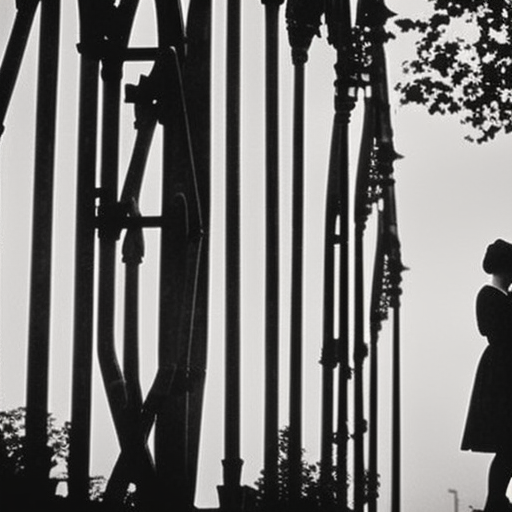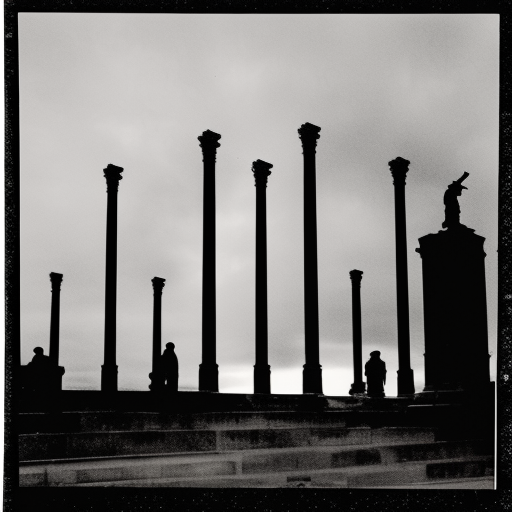The Tudor Period in England:
The Tudor Period in England refers to the time period from 1485 to 1603 when the Tudor dynasty ruled the country. This era is known for its significant political, religious, and cultural changes, including the establishment of the Church of England and the expansion of English influence overseas.
The Rise of the Tudor Dynasty:
The Tudor dynasty began with the ascension of Henry VII to the throne in 1485 after his victory at the Battle of Bosworth Field. This marked the end of the Wars of the Roses, a series of civil wars between the rival houses of Lancaster and York. Henry VII established stability by marrying Elizabeth of York, uniting the two houses and symbolizing the end of the conflict.
The Reign of Henry VIII:
Henry VIII, the second Tudor monarch, is one of the most well-known figures of the period. He is remembered for his six marriages and his break with the Catholic Church. Initially a devout Catholic, Henry sought an annulment from his first wife, Catherine of Aragon, when she failed to produce a male heir. When the Pope denied his request, Henry declared himself the head of the Church of England, leading to the English Reformation.
The English Reformation:
The English Reformation was a religious and political movement that resulted in the establishment of the Church of England as a separate entity from the Catholic Church. Under Henry VIII and later his son Edward VI, monasteries were dissolved, and Catholic practices were gradually replaced with Protestant ones. However, during the reign of Henry’s daughter, Mary I, England briefly returned to Catholicism before Elizabeth I restored Protestantism.
The Elizabethan Era:
Elizabeth I, the last Tudor monarch, is often referred to as the “Golden Queen” and her reign as the “Elizabethan Era.” This period saw a flourishing of English literature, with renowned playwrights such as William Shakespeare and Christopher Marlowe. Elizabeth’s reign also witnessed the defeat of the Spanish Armada in 1588, solidifying England’s naval power and establishing it as a major player in European politics.
Exploration and Colonization:
The Tudor period was a time of exploration and colonization for England. Under the reign of Elizabeth I, English explorers such as Sir Francis Drake and Sir Walter Raleigh embarked on voyages to the New World, establishing colonies in North America. These expeditions laid the foundation for England’s later colonization efforts and the establishment of the British Empire.
Social and Cultural Changes:
The Tudor period brought about significant social and cultural changes in England. The Renaissance, a period of intellectual and artistic growth, influenced English literature, architecture, and education. The printing press made books more accessible, leading to increased literacy rates. The period also saw the emergence of the middle class and the growth of trade and commerce.
Conclusion:
The Tudor period in England was a time of immense change and transformation. The establishment of the Tudor dynasty brought stability after years of civil war, and the reigns of Henry VIII, Edward VI, Mary I, and Elizabeth I shaped the country’s religious and political landscape. The English Reformation, the exploration and colonization efforts, and the social and cultural changes all contributed to the development of England as a major power in Europe and the world.












